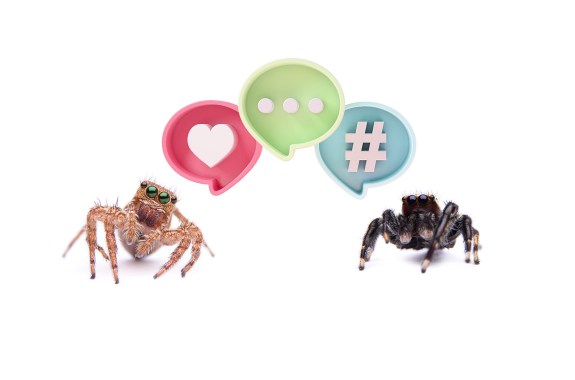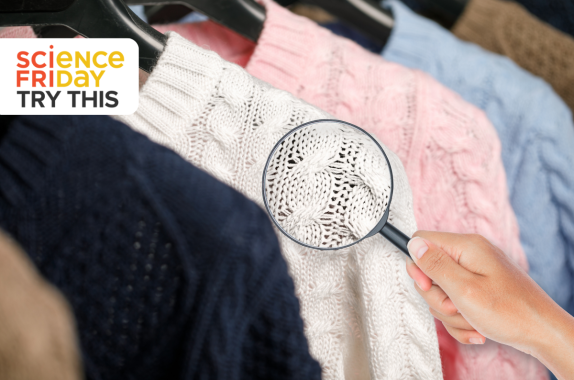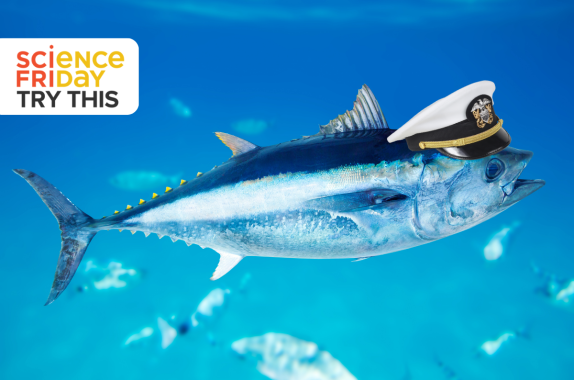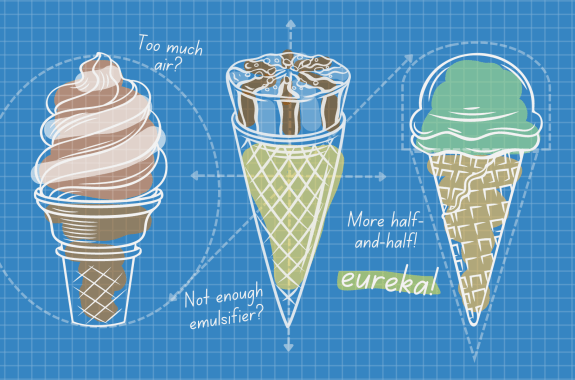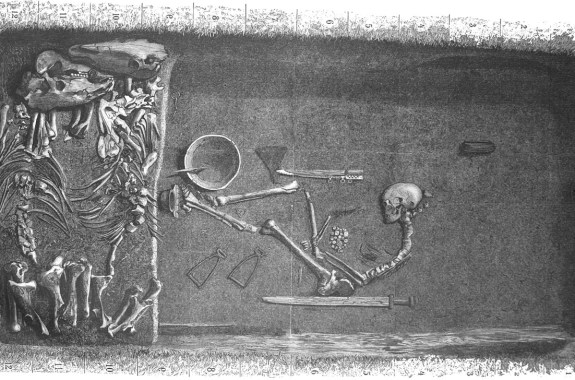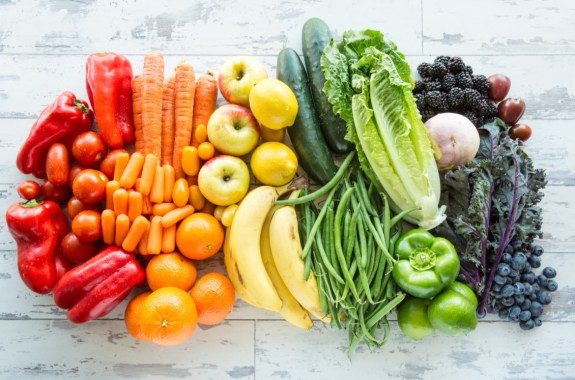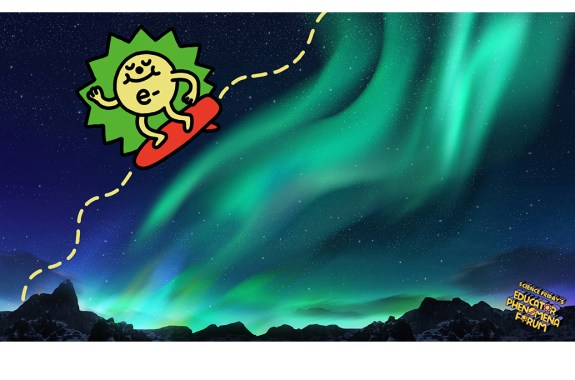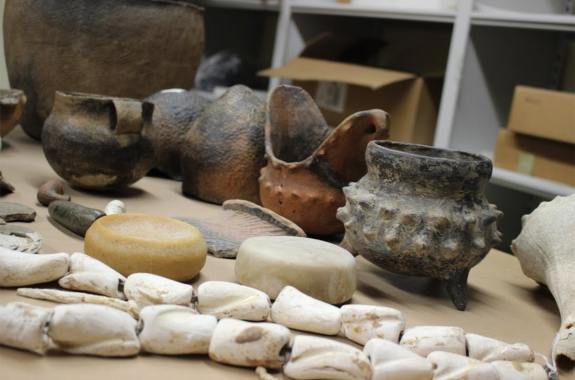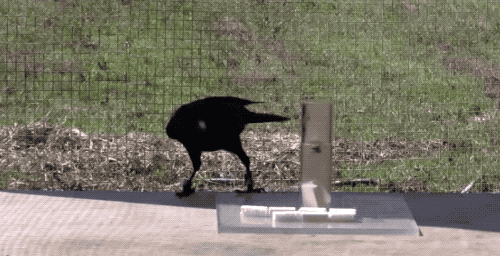Talk Like A Spider Using Sound And Secret Codes
Discover how spiders communicate through vibrations and dance. Then, create a cipher to “talk” like a spider using your own tap code language.
The Science Of Sweaters: Chemistry In Your Closet
What is your favorite sweater made from? Investigate textiles and discover the different characteristics of common materials.
Tracking Tuna: How Do Behavior And Environment Interact?
Researchers track tuna fish across the ocean. What do they hope to learn and how can you use the same science to make your day better?
Use Engineering To Design The Perfect Ice Cream
Create your perfect scoop in this ice cream science activity! All you need is a bag, some milk, and the engineering design method.
Ancient Skeletal Remains: Sex, Gender, And Archaeology
Ancient skeletal remains are more than just bones–archaeologists use them to determine the gender, sex, and roles of ancient peoples.
The Nutrition Of Colorful Fruits And Vegetables
Students are challenged to plan and plant a garden that will grow produce rich in micronutrients for addressing specific illnesses in this applied agriculture and nutritional sciences lesson.
Air Pollution Around The World
In this lesson, students will research how air pollution is generated and its impact on countries around the world before brainstorming creative solutions for a country of their choosing, and crafting a Public Service Announcement.
What Causes Some Aurora To Appear In Discrete Lines?
Why do some auroras appear in discrete lines, while others fill the sky with diffuse light? Explore how electrons surf on Alfvén waves.
What Cherokee Fire Pots Can Teach Us About Thermal Conduction
Learn about thermal energy by examining the design of Cherokee fire pots, then reflect on Indigenous ways of knowing and westernized notions of science.
What Puzzle-Solving Crows Can Teach Us About Animal Intelligence
Why are crows considered intelligent? Use animal behavior and the design process to design a problem-solving test for chosen species.
